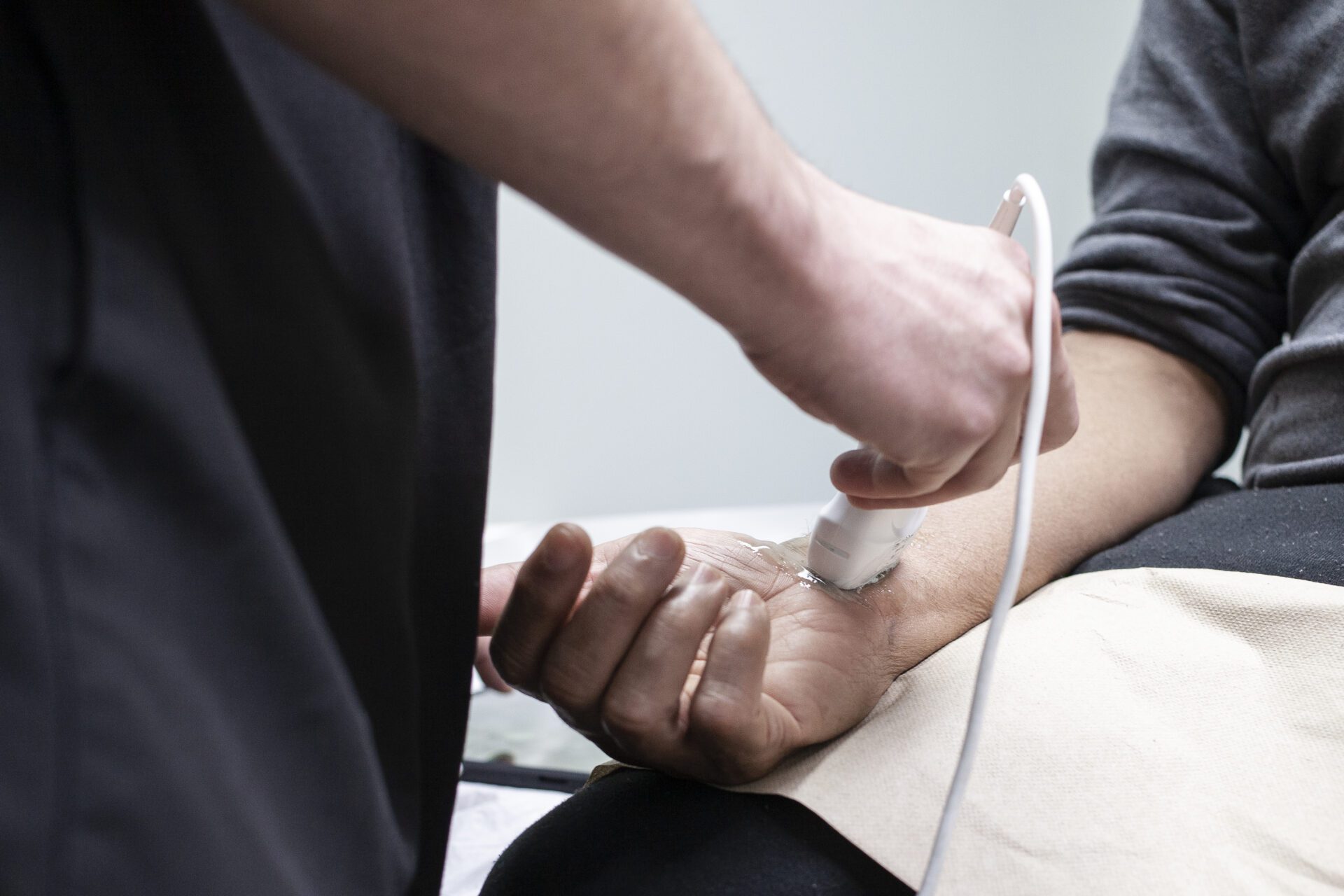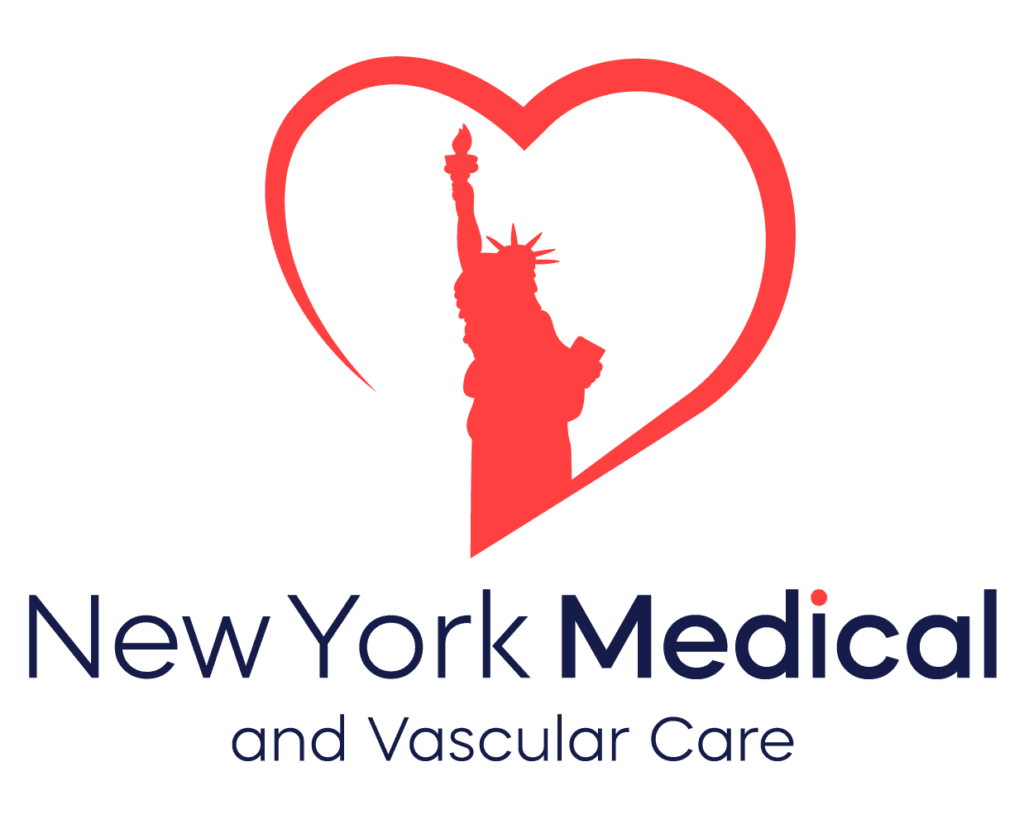For most of us, minor wounds aren’t a really big deal: Just keep the wound clean, apply a bandage (and maybe a little topical antibiotic ointment), and let your body’s natural healing system do its job. But for other people, underlying risk factors interfere with that healing process, resulting in slow-to-heal sores that can significantly increase your risk of life-threatening infections. Diabetes and smoking are two common risk factors that can cause major problems with healing. At New York Medical and Vascular Care, our team offers advanced wound care treatments aimed at helping people with slow-to-heal wounds prevent infection and stimulate natural healing. If you smoke or you have diabetes (or both), here’s how your wound healing could be impaired. Diabetes and wound healing Diabetes involves higher-than-normal blood sugar (glucose) levels. High blood sugar levels interfere with healing in multiple ways. Poor circulation Normal blood flow is vital for wound healing. Your blood brings important nutrients and oxygen to support the added demands of healing, plus it delivers cells that fight off germs. Circulation also helps your body carry away toxins and debris that could interfere with healing. Circulation problems are common among people with diabetes. High glucose levels can thicken your blood and damage your blood vessels, causing them to become stiffer and less elastic.
Diabetes also increases your risk of peripheral artery disease (PAD), limiting circulation in your limbs. Immune system impairment Diabetes also takes a toll on your immune system function. When your immune system isn’t working the way it’s supposed to, it’s much easier for germs to infect an open wound and much easier for that wound to spread. Increased inflammation A little inflammation is good for healing. But when the inflammatory response is prolonged or excessive, it can delay healing and make it harder for your body to recover. Plus, diabetes can cause nerve damage, making it harder to feel wounds in their early stages. When you can’t feel a wound, care is more likely to be delayed, substantially increasing your risk of developing a serious infection. Smoking and wound healing Smoking also affects healing in different ways. Lower oxygen levels Smoking interferes with the cells that carry oxygen-rich blood to your tissues, limiting the amount of oxygen that’s available to fight infection and repair damaged tissues. Smoking also makes it harder for your lungs to take in and disperse oxygen. Poor circulation Atherosclerosis (hardening of the arteries) is a common complication of smoking. When you smoke, chemicals in the smoke make your blood vessels stiffer and narrower. Plus, smoking also thickens your blood, just like high glucose levels. Increased risk of infection Smoking also releases chemicals that damage neutrophils, special cells that fight off infection. When the number of healthy neutrophils declines, it substantially increases your risk of developing a serious infection. Smoking also increases inflammation, further impairing healing. Treating hard-to-heal wounds If you smoke or have diabetes — or both — the first steps in managing a wound are to quit smoking and to make sure you’re doing all you can to manage your glucose levels. Addressing these two underlying issues is important for giving your body the support it needs for proper healing. Our team works closely with each patient to develop an individualized plan aimed at optimizing natural healing. Depending on your needs, we may recommend:
- Antibiotic ointments
- Bandages you can apply at home
- Specialized dressings, like compression bandages or negative-pressure dressings
- Casting for foot wounds to reduce pressure points
- State of the art minimally invasive revascularization procedures to open up arterial blockages and allow more blood flow to the wounds. Our expert
- team has a successful record of treating hundreds of challenging patients with instant results and minimal recovery time of 2 hours on an outpatient basis.
- Our multidisciplinary team provides excellent care in a fast tract model to our patients. Our specialists in primary care, vascular surgery, podiatry, pain management and physical therapy teams coordinate patients’ care on a daily basis. All appointments are secured in the same week under one roof to ensure patients’ convenience.
- We focus on treating your wound but also reversing the risk factors through our diabetes reversal program with our internal medicine physician and routine feet care.
- If you have a slow-to-heal wound, prompt medical care is critical for preventing serious infections. To learn more about the wound care options we offer at our five locations in Manhattan, Brooklyn, and Queens, New York, book an appointment online or over the phone with New York Medical and Vascular Care today.
Written by Dapralab


